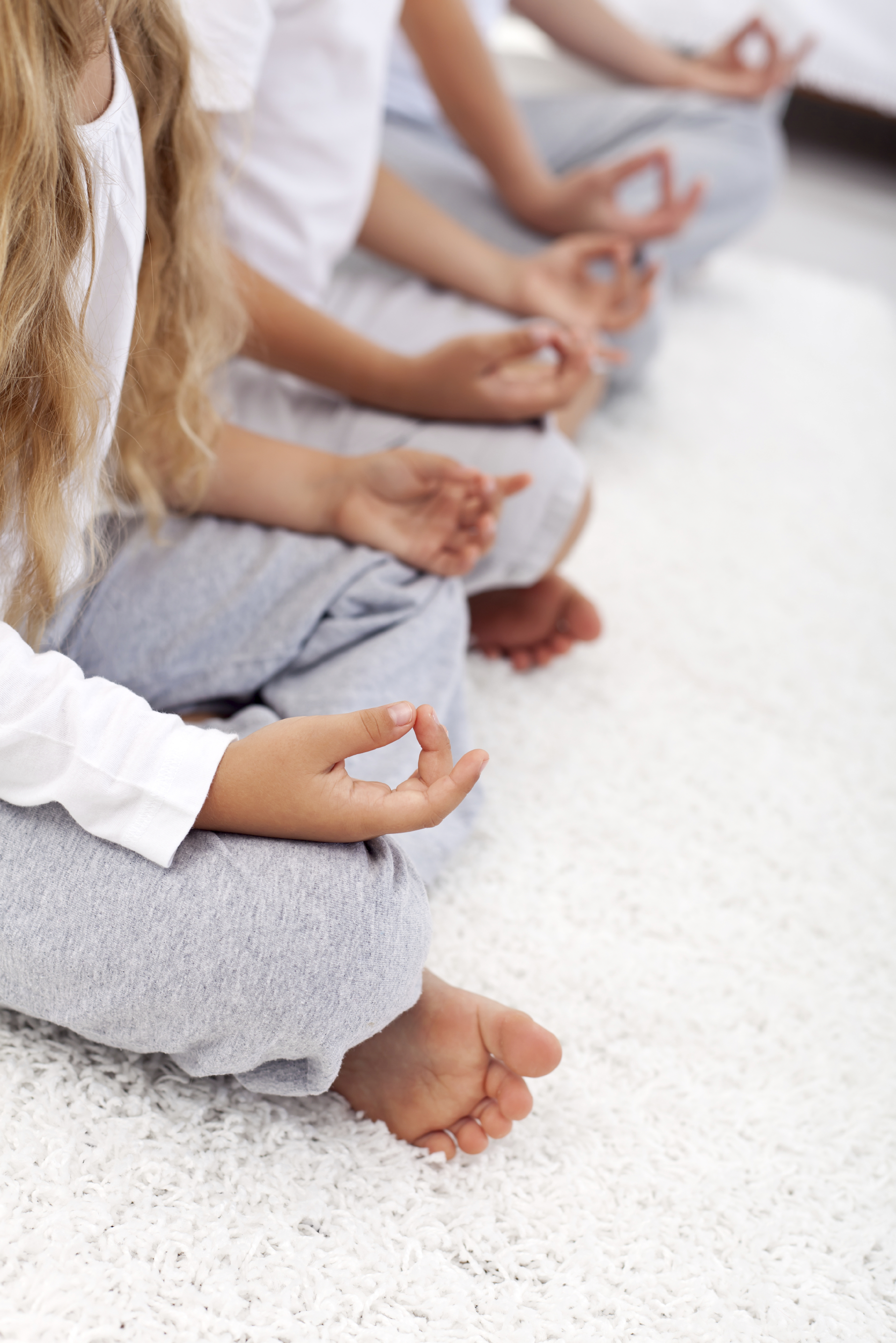Schools experiment with meditation to improve grades and attendance
 First published in Newsday
First published in Newsday
A woman I had just met was so upset that she began to confide in me about her high school daughter. The girl had burst into tears when she got a 92 on a test, and she was concerned that if she didn't attend a summer study program, she wouldn't be able to compete with her peers for college admission.
"Why are kids so anxious now?" the mom asked. "Was life such a treadmill when we were young?"
This family lives in one of Long Island's better public school districts - with plenty of academic pressure - but these questions are being raised all around. A poll released in December - conducted by National Public Radio, the Robert Wood Johnson Foundation and the Harvard School of Public Health - said that 40 percent of parents believe their high school kids are stressed over school.
Admirably, some schools are trying what could be a stress antidote: mindfulness and meditation.
At Centennial High School, south of Baltimore, physics teacher and meditation instructor Stan Eisenstein is offering a 10-week course in mindfulness to 30 teens after school. The nonreligious course is based on Buddhist principles and shows students how to tune in to their bodily sensations and breath, as well as their thoughts and emotions. According to a story in The Baltimore Sun last month, Eisenstein calls these skills "a first-aid kit" for stress.
His course has become so popular that fellow teachers want to sign up, and the school administration is talking about having it approved as an elective - a class for credit held during the regular school day.
Centennial is a high-performing school, but meditation is also working at the other end of the spectrum, for the San Francisco Unified School District, which struggles with truancy and behavioral problems. Starting in 2007, the district began offering 15-minute breaks, called Quiet Time, at the beginning and end of each school day, in middle school and high school.
Students sit, close their eyes and allow their attention to travel to a less active, quieter place. San Francisco's Visitacion Valley Middle School says the number of suspensions has been cut in half - from 13 per 100 students in 2006-07 to six per 100 students in 2010-11. Unexcused absences also have dropped, and schools are reporting higher schoolwide grade-point averages.
This is a district where 61 percent of the students qualify for federally funded free or reduced-price lunches, meaning many of the families are poor. The Quiet Time breaks add consistency and predictability. They can unleash creative forces.
"Kids can quiet their minds, rest their bodies, and restore their readiness to learn," explains Linda Esposito, a licensed social worker who blogs at TalkTherapyBiz.com.
I would imagine that the breaks would be restorative for classroom teachers, too, in this age of tax caps and Common Core anxiety. But would Long Island schools go for meditation?
Certainly, schools here are moving in the direction of training students in lifelong skills. Gym classes aren't just about basketball or volleyball anymore. They're incorporating aerobic workouts and strength training. Beyond shop and home economics, students are discussing how to be smart consumers and weighing various careers. Like these practical lessons, meditation offers lifelong benefits.
In a world hyped up with social media, performance measurements and short attention spans, doing nothing twice a day might be a remedy we need.